The use of physical restraint and seclusion as punishment has been well documented in WWASP Programs. The use of these methods are not only dangerous and often unnecessary, they also create an environment of abuse and fear that is often a coercive component to the program. Many programs will claim that restraints are only used when students are “a danger to themselves or others” as this is the law (dependent on state) that dictates their use of the method, however most students will report that the use of these methods were for reasons other than safety, mainly for refusing to follow directions, cussing or yelling in the presence of staff. In any case, the use of bent wrist, limb submissions and prone (face down) restraints are violent, painful and present far more danger to the child than could be avoided if staff were properly trained in the use of non-violent crisis intervention and deescalation techniques instead.
WWASP programs regularly utilize various forms of seclusion, the least of which is a type of social seclusion, where a student is placed on a communication restriction and is not allowed to speak or otherwise interact with any of their fellow peers and communication with staff is limited to necessity and emergency situations only. The second form of seclusion is another form of social seclusion combined with an element of detention; this process often involves being secluded to a room (either alone or in a group, supervised by staff or jr staff) while students are required to sit still (or maintain stress positions) while remaining completely silent and made to stare at a wall for 4-10 hours at a time (This process can also include writing essays up to 50,000 words and intervals of strenuous calisthenics). The third and probably most troubling is the use of total isolation, where the student is forced to sit alone in a room to sit silently, sometimes in “structure” (a painful “stress position”), required to stare at a wall, and can often be restrained for moving, talking or crying. This kind of seclusion can last for anywhere from 24 hours to several weeks, and has been described by survivors to be “the most traumatizing experience the program has to offer”. There is no evidence to suggest that the use of seclusion (and restraints) is either effective or necessary in behavior/ crisis interventions, and in fact, the use of seclusion in non-emergency situations can pose significant physical and psychological danger to students.
WWASPSurvivors strongly believes that the use of physical restraints and/ or seclusion as punishment is a Red Flag for any program, and should indicate a concern for that program’s operating policies. If you believe the program you are looking into utilizes restraints (which they MUST disclose in their contracts) and/ or seclusion, please be advised that the use of these methods may be abusive and traumatic to your children.
More information on Restraints & Seclusion
As many reports have documented, the use of restraint and seclusion can have very serious consequences, including, most tragically, death.
Seclusion and restraint are safety measures, not treatment, and they should never be part of standard treatment for someone’s condition. Their use—particularly when it is recurrent or protracted– represents a treatment failure and should be addressed as such. Federal regulations and standards by accrediting bodies prohibit the use of seclusion and restraint in healthcare settings as punishment or to compensate for staffing shortages.
– Restraint and Seclusion – Bazelon Center for Mental Health Law
There is no evidence that physically restraining or putting children in unsupervised seclusion in the K-12 school system provides any educational or therapeutic benefit to a child. In fact, use of either seclusion or restraints in non-emergency situations poses significant physical and psychological danger to students.
– Dangerous Use of Seclusion and Restraint – US Senate Health, Education, Labor and Pensions (HELP) Committee
Chairman Harkin’s Keeping All Students Safe Act would prohibit the use of seclusion in locked, unattended rooms or enclosures… [sic] Any restraint that restricts breathing is prohibited, as are aversive behavioral interventions that compromise health and safety.
– Keeping All Students Safe Act 2013
Seclusion and Restraint – US House of Representatives – Committee on Education and Workforce
The statute requires that seclusion and restraint be used only:To ensure the physical safety of the individual or others; and subject to a written order by a physician or other licensed practitioner permitted by the facility and state law. In most cases, the written order will be obtained soon after the restraint or seclusion is initiated by staff.
At present, there is no federal statute protecting children nationwide; state laws govern the use of restraint and seclusion. These approaches vary widely. A patchwork quilt of laws, regulations, voluntary guidance, and complete silence covers the nation. The quilt has many holes, as this report demonstrates.
The APNA supports a sustained commitment to the reduction and ultimate elimination of seclusion and restraint
– APNA Position on the Use of Seclusion and Restraint – American Psychiatric Nurses Association
MENTAL HEALTH ADVOCATES AGREE…
Position Statement – Seclusion and Restraints – Mental Health America
Considerations for Seclusion and Restraint Use in School‐wide Positive Behavior Supports – Positive Behavior Interventions and Support
Position on the Use of Seclusion and Restraint – American Psychiatric Nurses Association
How Can Polices on Restraints Improve?
According to the The Alliance to Prevent Restraint, Aversive Interventions and Seclusion (APRAIS)
According to The Technical Assistance Center on Positive Behavioral Interventions and Supports Restraints & Seclusionare prone to “misapplication and abuse placing students at equal or more risk than their problem behavior” Concerns include the following:
- Seclusion and restraint procedures are inappropriately selected and implemented as“treatment” or “behavioral intervention,” rather than as a safety procedure.
- Seclusion and restraint are inappropriately used for behaviors that do not place the student or others at risk of harm or injury (e.g., noncompliance, threats, disruption).
- Students, peers, and/or staff may be physically hurt or injured during attempts to conduct seclusion and restraint procedures.
- Risk of injury and harm is increased because seclusion and restraint are implemented by staff who are not adequately trained.
- Use of seclusion and restraint may inadvertently result in reinforcement or strengthening of the problem behavior.
- Seclusion and restraint are implemented independent of comprehensive, function‐based behavioral intervention plans.
Toward Effective Policy
- The majority of problem behaviors that are used to justify seclusion and restraint could be prevented with early identification and intensive early intervention. The need for seclusion and restraint procedures is in part a result of insufficient investment in prevention efforts.
- Seclusion and restraint can be included as a safety response, but should not be included in a behavior support plan without a formal functional behavioral assessment (a process used to identify why the problem behavior continues to occur).
- Seclusion and restraint should only be implemented (a) as safety measures (b) within a comprehensive behavior support plan, (c) by highly trained personnel, and (d) with public, accurate, and continuous data related to (1) fidelity of implementation and (2) impact on behavioral outcomes (both increasing desired and decreasing problem behaviors).
Resources:
U.S. DEPARTMENT OF HEALTH AND HUMAN SERVICES – Substance Abuse and Mental Health Services Administration – www.samhsa.gov
Promoting Alternatives to the Use of Seclusion and Restraint

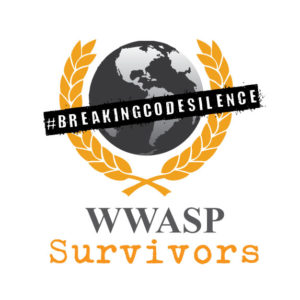
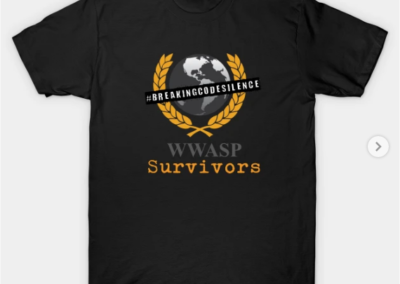
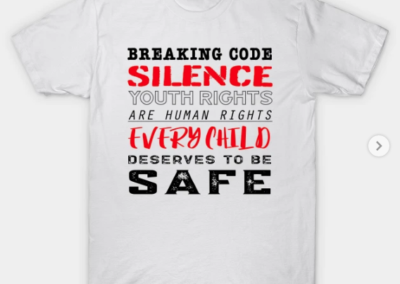
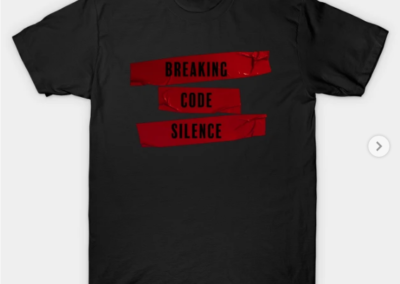




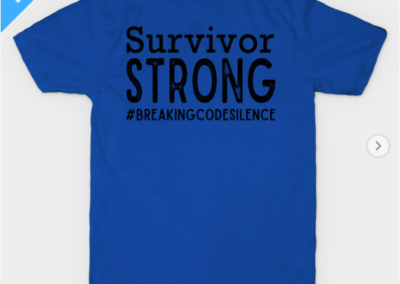


I’m hearing about Chirs Sutten case on dateline I’m curious. did you really? send Chris into? a rage
I just watched the documentary. My heart absolutely breaks for those teens who experienced this. I am completely stunned that this is still going on. I am very sincere when I say I don’t know how these young girls and boys survived it and have their sanity. I was moved to tears several times. I work as a counselor, school psychologist with students with behavior issues and disabilities. I cannot imagine how grown adults would ever let this happen to children. I am so sorry that all of you had to endure this. You are brave, courageous survivors.